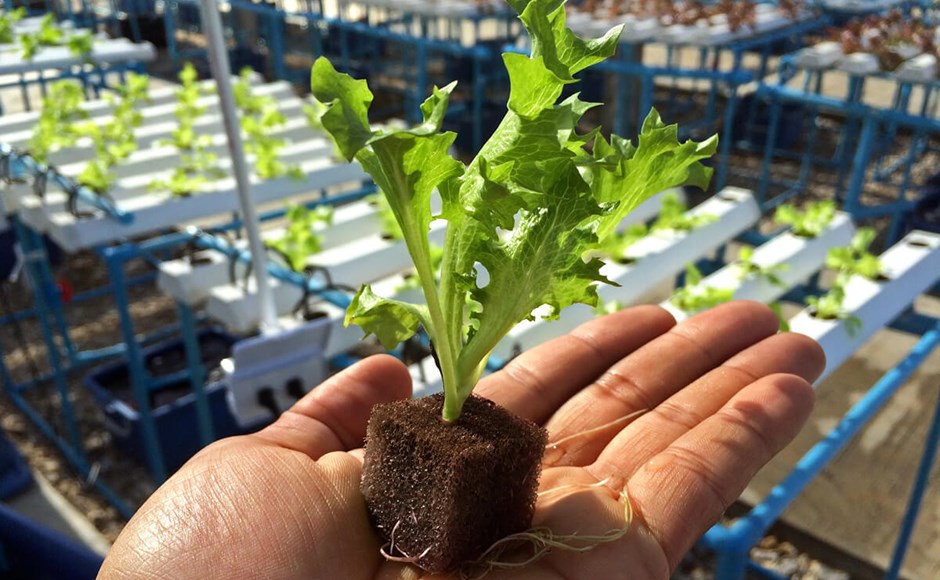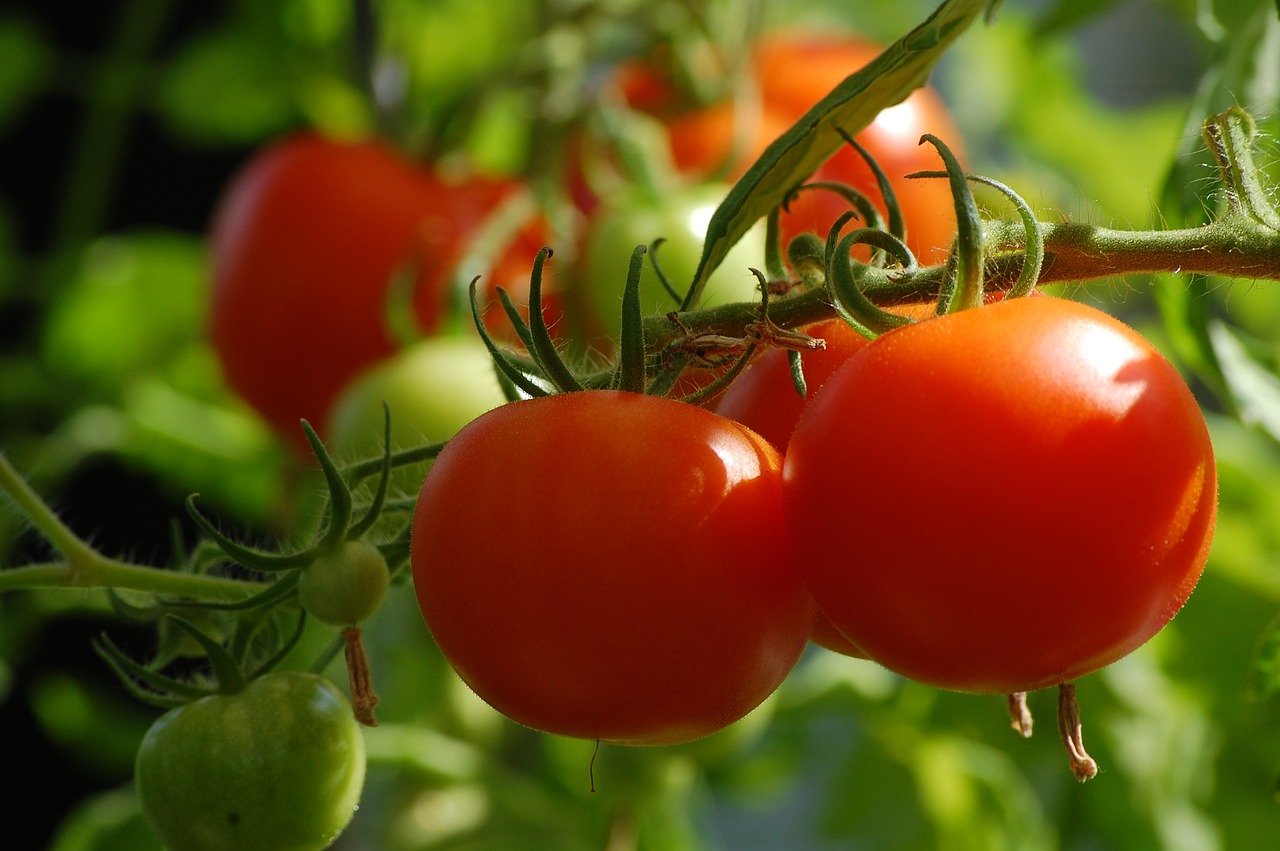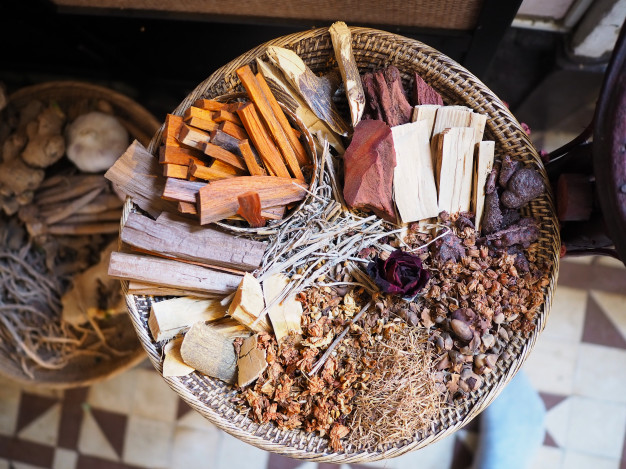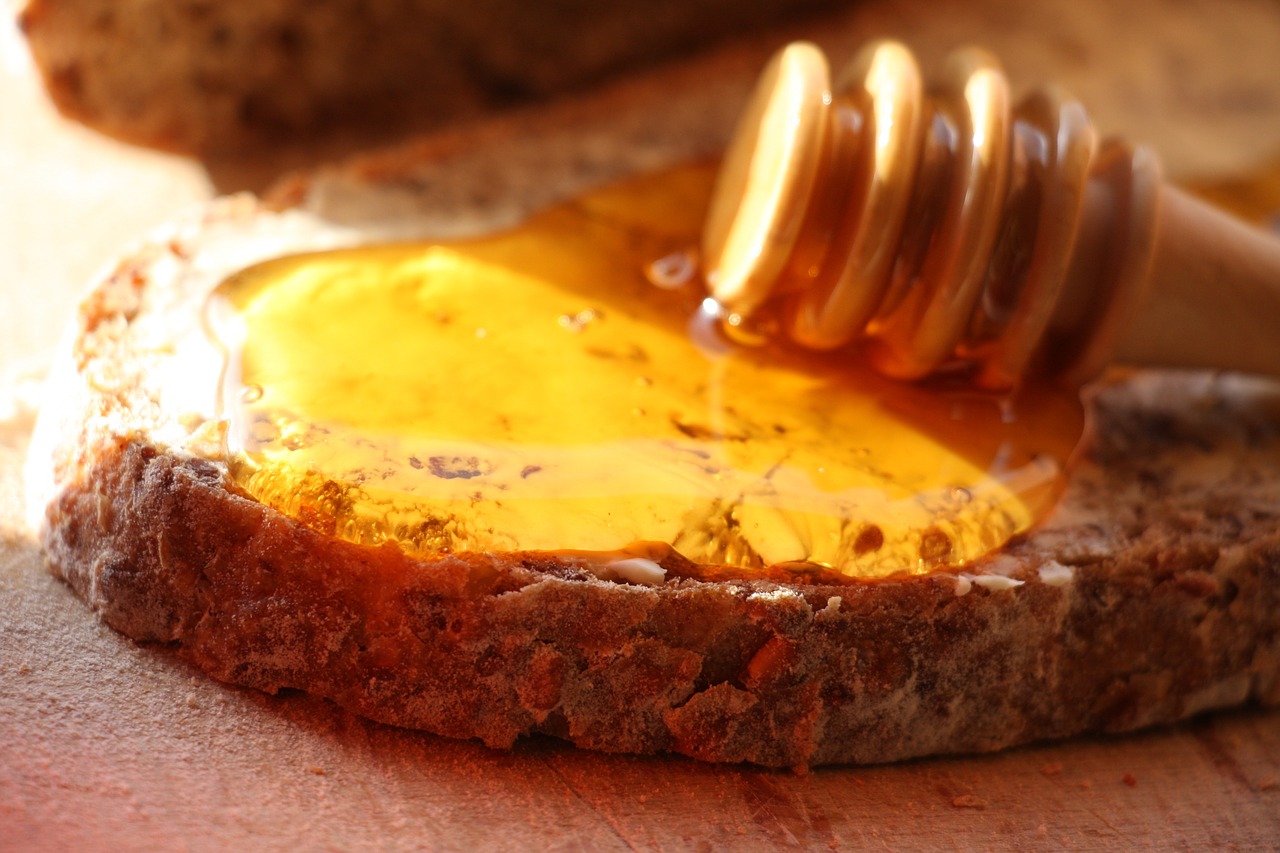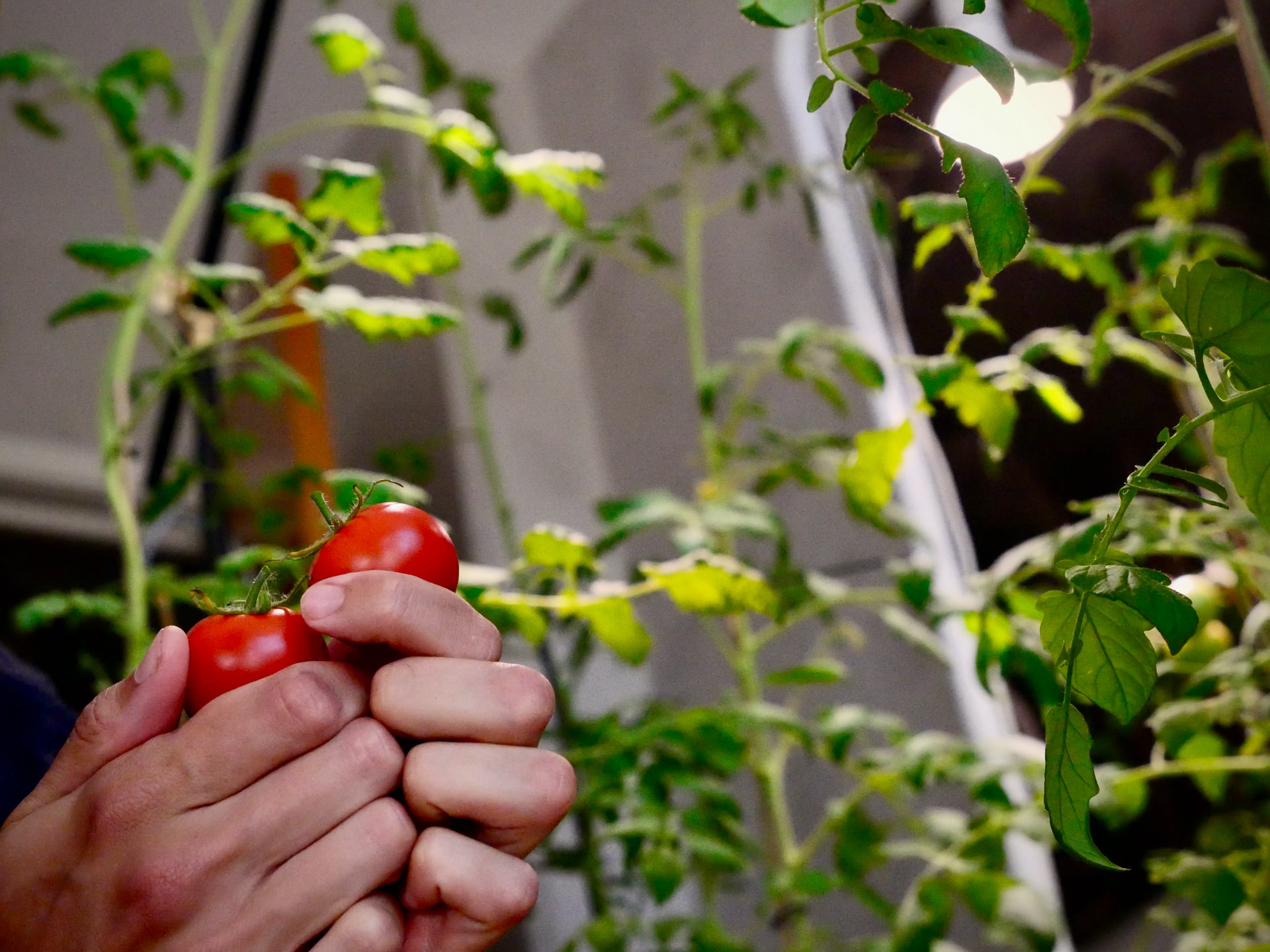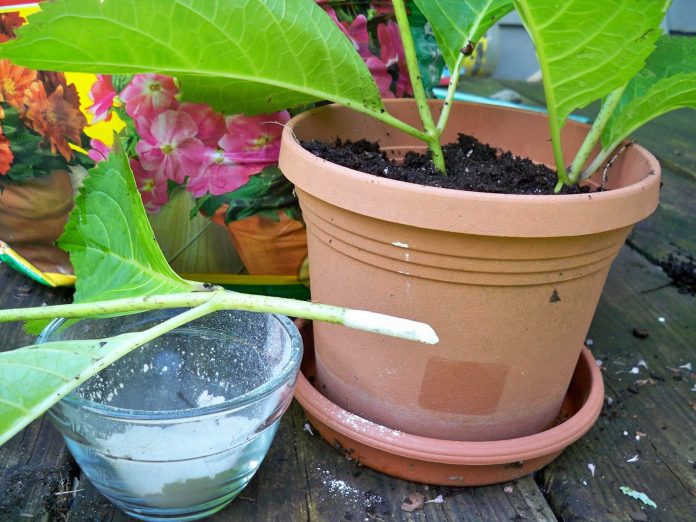
New gardeners often find themselves thrilled to learn additional ways to add new plants to their vertical gardens. And rooting hormone can help you propagate more of your favorite plants with very little cost. You can take cuttings from many of your common garden flowers to grow new plants without having to spend a lot of money. Using a rooting hormone is also a great way to ensure that your new plants are just like the ones you’ve purchased before. If you’ve ever bought an outstanding flowering shrub and fell in love with it, you know the tragedy that occurs when you go back to buy another one and discover there are none left.
You’ll be happy to find out that you can grow a whole new shrub – even dozens of them – by rooting new plants from carefully made cuttings. By doing so, you’ll be sure your new plants have the same characteristics as the parent plant. This isn’t true for seeds, which may produce a flower with a slightly different color. And it certainly isn’t true for new plants you buy. Most big box stores and home centers add labels to their plants, but unfortunately, some information can be lacking from these labels. You may get a different cultivar of the same type of plant. And only later, you’ll discover that it blooms a different color or doesn’t grow as tall.
What is A Rooting Hormone?
You’ll find rooting hormone in many online stores or home centers. You’ll find it’s inexpensive, too. You can root many plants without rooting hormone; often you can root them in a glass water or a light potting medium that you mist daily. However, the auxin hormone accelerates the process and usually results in a stronger root system. Auxin makes rooting cuttings more reliable, since not every cutting you take will grow. The rooting hormone increases the odds.
Rooting Hormone Ingredients
|
Auxin or IAA Indole Acetic Acid |
IBA Indolebutyric Acid |
NAA Naphthaleneacetic Acid |
|---|
The principle ingredient of rooting hormone is a naturally occurring chemical called indole acetic acid, also called Auxin or IAA. The chemical is found in all types of plants to encourage new growth, and it induces cell division, root production, and fruit development. It also makes your plants turn towards the sunlight.
The synthetic forms of this natural hormone include Indolebutyric acid (IBA) and naphthaleneacetic acid (NAA). You’ll find these synthetic chemicals in many commercial rooting hormone products.
Types of Rooting Hormones
Image from MaximumYield.com
Whichever type of formula you choose, the instructions are very similar for all types. Dip the cut end of your sample up to an inch in rooting hormone and then plant directly into a hole in the rooting medium.
No products found.
If using a powdered hormone, you may want to dip the end in water first to moisten it before dropping it in the powder. Also, make sure you don’t remove the powder by shoving the cutting into too small a hole in the growing medium.
Factors for success
Also vital to success is where you place your final cut. Find a healthy node – a section of the stem that appears like a knot and may currently have shoots ready to grow. Make your final cut directly below the node, at a steep angle. This angle will increase the surface area available for rooting. Then, remove all but the top leaves from the cutting before dipping it in the rooting hormone.
The importance of timing
One of the most important factors for success is when you take the cutting. Most horticulturists agree that taking cuttings from new growth works best. Our own experience reflects that suggestion. We recently took several lantana and hibiscus cuttings for propagation, and while many of the soft-stemmed samples rooted beautifully and thrived, only one of our woody stemmed lantana cuttings took hold, and none of our woody hibiscus cuttings rooted.
Another important factor for taking a successful cutting is the time of year. Early spring, when the plant is already enjoying its own supply of auxin and in fast-growth mode, seems to be the most productive time. Summer also serves well, between waves of blooms. Many plants have their own schedules, which can vary from one hardiness zone to another. So, you may want to do a little research into each particular plant before taking cuttings.
Rooting medium
Make sure that you use a light medium when taking cuttings. Avoid using garden soil, which can be too heavy for delicate root systems to push through. You can use a very light potting soil or even sand. Peat moss mixed with potting soil and peat pellets are good choices as well. We’ve used peat pellets to propagate a few small cuttings from various herbs like thyme and basil.
When to Use Rooting Hormone?
No products found.You may not need rooting hormone for every plant you want to propagate. Many soft-stemmed herbaceous plants will root just fine in a glass of water or a light growing medium and adequate moisture. Others seem to need a little push to root successfully.
Flowers
Image from Pixabay
Flowers that root well without hormone dipping include coleus, impatiens, petunias, and portulaca. We can report from experience that portulaca will root to the spot if you just drop a stem onto the lawn or flower bed. We’ve tested portulaca with and without rooting hormone and found no extra benefit gained from the use of rooting hormone. Tea roses will also grow fine from cuttings without the use of rooting hormones.
No products found.
Cuttings that require rooting hormone to take hold include dahlias, lobelia, and hibiscus. Osteospermum, or African Daisies, are very difficult to propagate without using rooting hormone. Lantana also benefits from using a rooting formula. We’ve successfully added substantially to our collection of golden dewdrop and tropical hibiscus, thanks to rooting hormone and a humid environment.
Vegetables
Image from Pixabay
You can also root cuttings from your vegetable garden. Taking a cutting from a fully developed plant can extend your growing season. By mid-summer, tomatoes and peppers seem to fade once the temperatures get too hot, primarily after they’ve produced fruits. In the South, tomatoes stop producing once nighttime temperatures hit the 80s, which is rather early in the summer. Starting a cutting at the right time means you’ll have fresh tomato and pepper plants growing for a second harvest in late summer or fall. We recently rooted healthy cuttings from our exhausted spring tomato plants once the temperatures got too high, and now we’re looking forward to the second batch of tomatoes for fall with new blooms.
Some horticulturists now recommend using rooting hormone twice: once on the stem before planting into the medium and again three to five days later with a foliar spray. They found that subsequent treatments improved the chance that woody stem cuttings from older plants would root at all.
No products found.
You may notice the label on your rooting hormone says that you should only use it following the exact instructions. It may make you wonder if it’s dangerous or toxic. Why the dire warnings? Labels on rooting hormone specifically state that it’s against Federal law to use it in any other manner than the instructions provided.
The Environmental Protection Agency (EPA) regulates garden chemicals and requires the label on all such products. For the most part, the rooting hormone is safe, although it can irritate the skin and mucous membranes. Also, some brands contain “extra” ingredients, like fungicides, which you don’t want to inhale or absorb through cuts on your hands. But, you won’t end up with a killer plant like Audrey from “The Little Shop of Horrors” if you use it improperly. That said, its best to use all garden chemicals carefully and sparingly to avoid sending them into the water table via runoff.
What About the Dire Warning Labels on Rooting Hormone?
Image from Ananda Kalyani
You may not need rooting hormone for every plant you want to propagate. Many soft-stemmed herbaceous plants will root just fine in a glass of water or a light growing medium and adequate moisture. Others seem to need a little push to root successfully.
Flowers
Flowers that root well without hormone dipping include coleus, impatiens, petunias, and portulaca. We can report from experience that portulaca will root to the spot if you just drop a stem onto the lawn or flower bed. We’ve tested portulaca with and without rooting hormone and found no extra benefit gained from the use of rooting hormone. Tea roses will also grow fine from cuttings without the use of rooting hormones.
No products found.
Cuttings that require rooting hormone to take hold include dahlias, lobelia, and hibiscus. Osteospermum, or African Daisies, are very difficult to propagate without using rooting hormone. Lantana also benefits from using a rooting formula. We’ve successfully added substantially to our collection of golden dewdrop and tropical hibiscus, thanks to rooting hormone and a humid environment.
Vegetables
You can also root cuttings from your vegetable garden. Taking a cutting from a fully developed plant can extend your growing season. By mid-summer, tomatoes and peppers seem to fade once the temperatures get too hot, primarily after they’ve produced fruits. In the South, tomatoes stop producing once nighttime temperatures hit the 80s, which is rather early in the summer. Starting a cutting at the right time means you’ll have fresh tomato and pepper plants growing for a second harvest in late summer or fall. We recently rooted healthy cuttings from our exhausted spring tomato plants once the temperatures got too high, and now we’re looking forward to the second batch of tomatoes for fall with new blooms.
No products found.
Some horticulturists now recommend using rooting hormone twice: once on the stem before planting into the medium and again three to five days later with a foliar spray. They found that subsequent treatments improved the chance that woody stem cuttings from older plants would root at all.
Natural Rooting Hormones and Boosters
With concerns about synthetic chemicals, many gardeners and farmers are turning to organic means to incite better rates of rootings in their cuttings. We’ll discuss a few of these solutions here so you can use them yourself should you decide that a synthetic formula isn’t for you.
Willow extract
The bark of the willow tree contains salicylic acid – the common ingredient in aspirin. You may have seen some herbal remedies recommend willow bark tea for headaches and fevers, and this is why. The growing tips of willow also contain indole butyric acid (IBA) in high concentrations. As well as being a natural product, it seems to be as effective as commercial products.
Honey
Image from Pixabay
While not a rooting hormone, many organic gardeners find that honey’s antiseptic and antifungal qualities help protect tender cuttings from microbes in the soil that would attack them and break them down as dead tissue. Honey may give the cutting a head start for rooting naturally.
Cinnamon
Image from Pixabay
Some garden experts recommend using cinnamon when rooting your cuttings. Like honey, it has antibacterial qualities and can help protect the cutting from disease while it produces its own rooting hormone to get established.
No products found.
Aspirin
Made of synthetic salicylic acid, aspirin makes an inexpensive rooting powder when propagating cuttings. Add a standard aspirin tablet to a cup of water to dissolve it. It may help to crush the table first. Then, soak your cuttings in the water for several hours before planting them into the rooting medium.
The Joy of Cuttings
No products found.It’s the next best thing to cloning! Propagating new plants from your tried-and-true favorites is a frugal and fun way of filling your garden with more flowers. It’s also a great way to swap and share plants with your gardening friends.
The cost of plants can add up, especially when you’re on a budget. So, the ability to add to your collection without spending much money is very attractive. What makes it irresistible is that you already know that particular plant does well in your vertical garden and in your climate. Success follows success, with a little rooting hormone powder and practice.
Last update on 2022-01-27 at 20:02 / Affiliate links / Images from Amazon Product Advertising API

